If you wanted a pure cinematic ‘paisa vasool’ experience, then look no further, the last scene of Rajnikanth’s ‘Kaala’ is complete in all respects. The symbolism of color, and sheer brilliance in portrayal is cinematic magic at it’s best, exploiting the ‘visual’ aspect of the medium, it is satisfaction in itself!
There is a tradition of perspective story telling, like the recitation of Mahabharata from the perspective of Karna in a ‘Mrutyunjaya’ and Kaala plays with this idea to its fullest. The visual in the movie of the ‘heads’ of Ravan falling, accompanied by narration of Ramayana as the background score is articulation with simplicity. Yes, Kaala, Rajnikant is Raavan, Black, facing the White, Hari (Ram), Nana Patekar, the whole story plays on the concept of perspective, it is a modern re-telling of the epic from the view of the Kaala, Raavan.
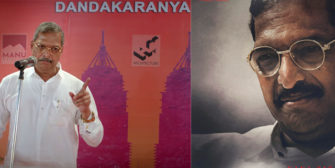 What makes a hero glorious is his nemesis, in this case brilliantly played by Nana Patekar. The power of the story is in the conviction of its characters. And Hari (Nana) personifies villianary! He believes he is ‘destined’ to win, and win he must at all costs, ruthless, yet he carries a certain poise, a panache. Fighting him is the forever superhero, Rajni!
What makes a hero glorious is his nemesis, in this case brilliantly played by Nana Patekar. The power of the story is in the conviction of its characters. And Hari (Nana) personifies villianary! He believes he is ‘destined’ to win, and win he must at all costs, ruthless, yet he carries a certain poise, a panache. Fighting him is the forever superhero, Rajni!
Rajni is Rajni in many scenes in the movie, yet the overall character arc of Kaala is so un-Rajni. The intention is to go beyond the person and jump into the ideology. Kaala is ideology, and the director successfully makes it a battle of ideologies rather than the personas of Hari and Kaala. In the end even the omnipresent Hari is lost in crowd, and by then extinct Kaala is part of the crowd.
The movie is laden with symbolism, yet it is easy to miss on many symbols, like the book on Rajni’s desk is ‘Rakshas’ and many such subtleties need a presence of mind.
Now many may compare the movie the Kabali, the previous venture of the two, Ranjith (Director) and Rajnikant (Actor), however the movie is a polar opposite experience. Firstly, the emotional quotient, the personal emotional quotient in Rajni’s Kaala is negligible compared to Kabali, Kaala is more in control of his emotions, even the loss of his dear wife keeps him focused on his real task. Kaala is unambiguous and defines the boundaries of his beliefs early on and never transgresses them, even the re-appearance of his old flame does not allow him to compromise on his ideals. Kabali ended up becoming a family drama, Kaala does not. The other intelligent thing done is the flashback is animated, to the point, short, and thus we are spared trying to endure and invest in a swashbuckling younger Rajnikant. But this does not mean that the ‘massy’ Rajni moments are totally absent, let’s say we have an adequate dosage of Rajni taking on five at a time, and the characteristic delivery and imagery of the superhero, especially when the simple clothed Rajni, sits on a simple wooden chair, in front of a simple house in Dharavi, you know that nothing is ‘simple’, it is superlative, and a packed theater brings ample amount of whistles to signify it.
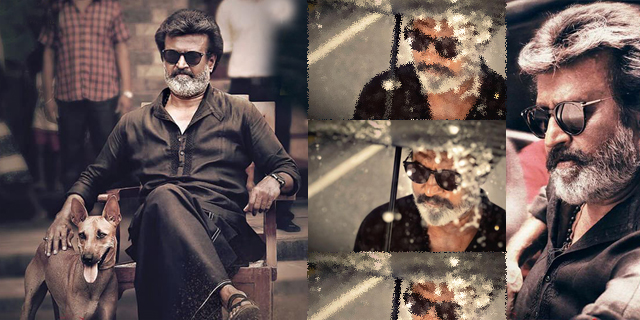
Overall this Rajni movie needs two viewings, one with a packed and noisy theater, and other a much more contemplative, second week multiplex audience viewing. to get the story embedded within the story.
Last Scene Climax
–
99%
Nana Patekar
–
99%
That scene between nana and rajnikant
–
95%
Symbolism
–
95%
Just like that
–
99%





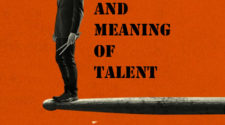



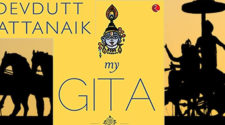
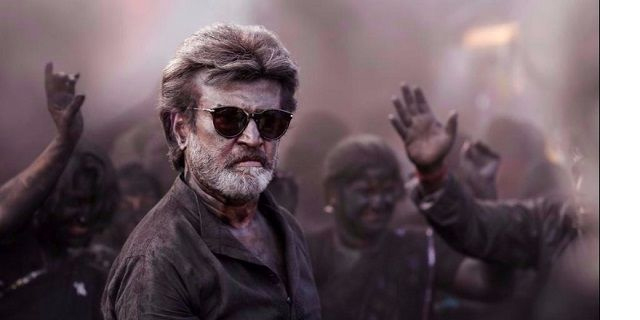

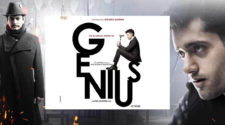

No Comment